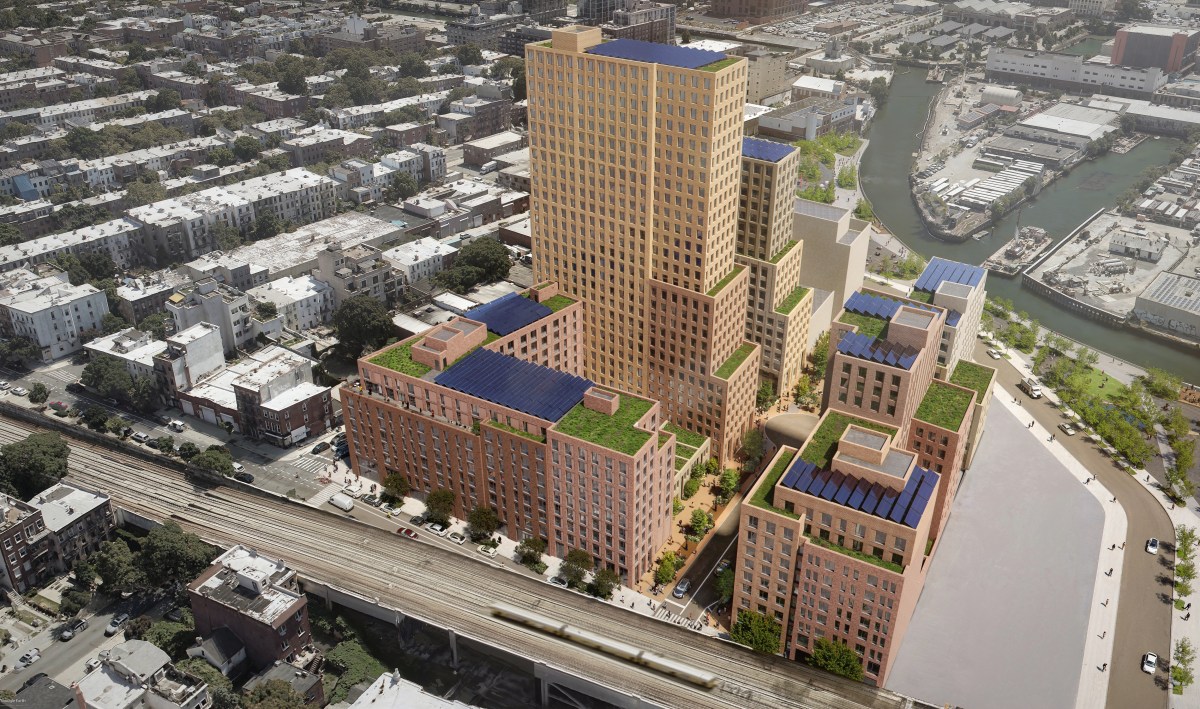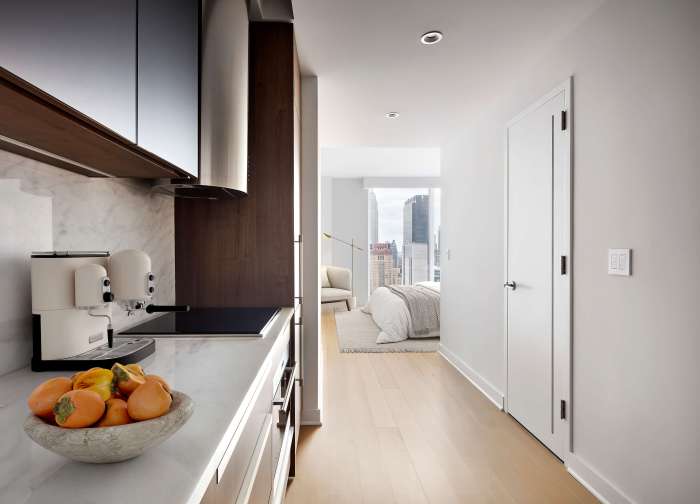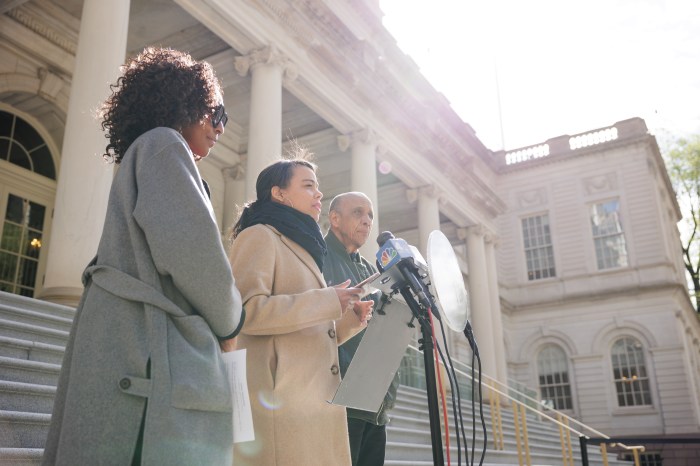
The total value of New York City investment sales in the second half of 2017 fell 37 percent and the number of transactions dropped 19 percent compared to the same period in 2016, according to a report released Wednesday.
The sluggishness of investment sales, which include everything except condos, co-ops and one-to-three family homes, could be due to rising interest rates and uncertainty about what the now-enacted federal tax reform would look like, according to researchers at the Real Estate Board of New York — a trade group that put out the report.
Michael Slattery, senior vice president for research at REBNY, said higher interest rates would change how profitable properties are, even though the city’s economy is strong and income from renting these spaces remains steady. But he described the overall outlook as optimistic.
Manhattan accounted for 60 percent of the total sales — or $10.1 billion of $17 billion — but it has been losing its share of this figure since REBNY began tracking investment sales in 2014. Still, the number of investment transactions fell across all boroughs, as did their collective value — except for in the Bronx, where the sale of an office building and a nursing home boosted the bottom line.
“What investors look for is appreciation,” Slattery said. “The sense is that properties in the boroughs, which did not see the surge of high valuation that you had in Manhattan, hold out hope for greater appreciation, even in this changing interest rate environment.”Although the number of sales and their value fell citywide across many property classes, including rental complexes, office buildings and hotels, retail space fared better than some sectors, with transaction totals dipping 7 percent; and their value, 12 percent, the report found.
“Retail in Manhattan was actually up,” Slattery noted. “There’s been some concern about empty storefronts and higher vacancies — I think that has been somewhat localized.”

















